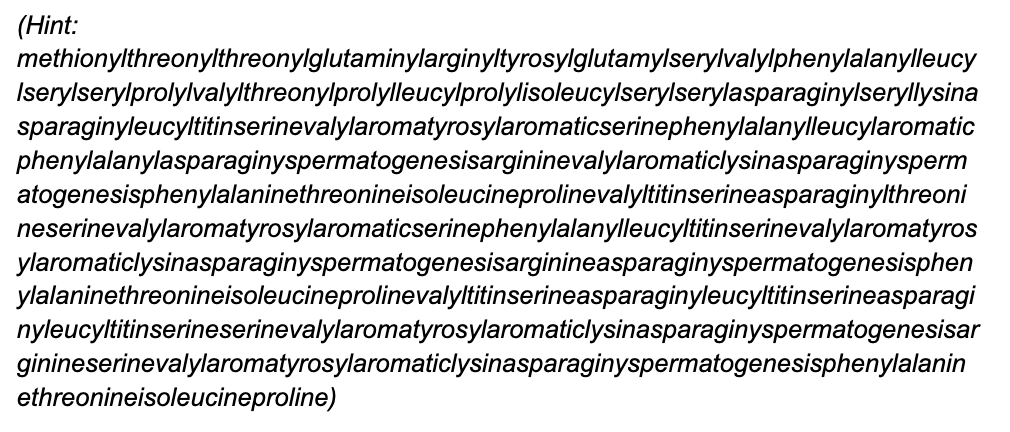Abstract
The gaming industry has transformed into one of the most lucrative sectors worldwide, largely due to its adept application of behavioural psychology. By crafting game mechanics that align with players' psychological motivations, developers create systems that not only captivate players but also encourage significant spending. Hence the question, how has this come to be?
The Players
A fundamental aspect of this monetisation approach is the in-game economy, a virtual marketplace where players can buy goods and services that enhance their gaming experience. For example, ‘Oneiric Shards’ in Honkai Star Rail, ‘Crystals’ in Shadowverse and ‘Riot Points (RP)’ in League of Legends. These economies resemble real-world financial systems but are skillfully designed to optimise both engagement and revenue. A major source of income comes from ‘whales’. Whales are players who invest considerable amounts in in-game purchases. On 16 March 2018, The Wall Street Journal posted a youtube video sharing the daily activities of 31-year-old Daigo, a man who has spent $70000 on Fate/Grand Order. Developers leverage competitive elements to motivate these players to spend by creating scenarios where spending confers a competitive edge. The interplay of competition and loss aversion proves to be significant in explaining this. This is because players are driven by the fear of losing progress, status or missing out (FOMO), which prompts them to spend to maintain their advantage or compete effectively. Another significant monetisation strategy involves recognising different player types, allowing developers to customise their monetisation tactics according to the specific motivations of their audience. The Bartle taxonomy of players suggests that these types of players are the Achievers, Socialisers, Killers, and Explorers.
Pay-2-Win
Achievers seek progress, prompting developers to offer convenience items like boosters or time-saving tools. Socialisers, focused on social interactions, are drawn to cosmetic items that enable avatar personalisation and self-expression. Killers thrive on competition and are often presented with "pay-to-win" options that provide tangible advantages. Explorers, who crave new content and immersive experiences, are targeted with offers for new levels or narrative expansions. Gacha gamers, like you and I, will notice that at a minimum one of these types are targeted in the game of choice. This segmentation allows developers to maximise revenue from each player type, with Achievers and Killers typically yielding the highest returns due to their stronger desire for advancement.
‘Hook, Habit, and Hobby'
Additionally, developers meticulously craft the player journey using a model known as ‘Hook, Habit, and Hobby’. The ‘Hook’ phase attracts players with enticing offers and rewards, fostering instant gratification that engages the brain's emotional decision-making processes. This approach effectively triggers System 1 thinking from Daniel Kahneman’s book ‘Thinking Fast and Slow’. System 1 thinking is the impulsive and emotional responses of humans. Once players are hooked, games promote habitual behaviour through daily login bonuses or limited-time skins and characters. This ‘Habit’ stage establishes routines that integrate gaming into their daily lives. An example includes farming to build a character or team. The ‘Hobby’ phase signifies a deeper commitment where the game becomes central to the player's lifestyle. At this stage, players not only invest time but are also more inclined to spend money on consumables that enhance their experience, such as constellations, ranks or time-saving boosts. These deeply engaged players represent a valuable long-term revenue source for developers.
Reward & Pity
The use of ‘gotchas’, which borrow heavily from gambling mechanics like slot machines and gacha systems, is another potent monetisation strategy. These systems generate excitement and anticipation by giving players the chance to win rare or exclusive rewards through chance-based mechanisms. Ever felt eager to pull at 70 pity after winning your previous 5-star? Well, this is the work of gotchas. Gotchas taps into the brain's reward system, reinforcing spending behaviour in hopes of acquiring coveted items. The uncertainty and thrill associated with potentially winning something valuable drive repeated spending, akin to addictive behaviours seen in lottery games or collectible card games. The psychological foundation for this is rooted in variable reinforcement, which is an effective form of behavioural reinforcement that keeps players engaged and spending.
Mind Tactics
Of course, the psychological tactics used by the gaming industry to profit within the world of business are not exhausted above, as these apply to the fragment of Gacha gaming. Beyond this particular sector, the strategies such as in-app purchases (IAPs), subscription models, in-game advertising, the freemium model, live operations (LiveOps), streaming and so forth just come to show that the ingenuity of the human mind to capitalise on opportunities is boundless, whether we consumers like it or not!


